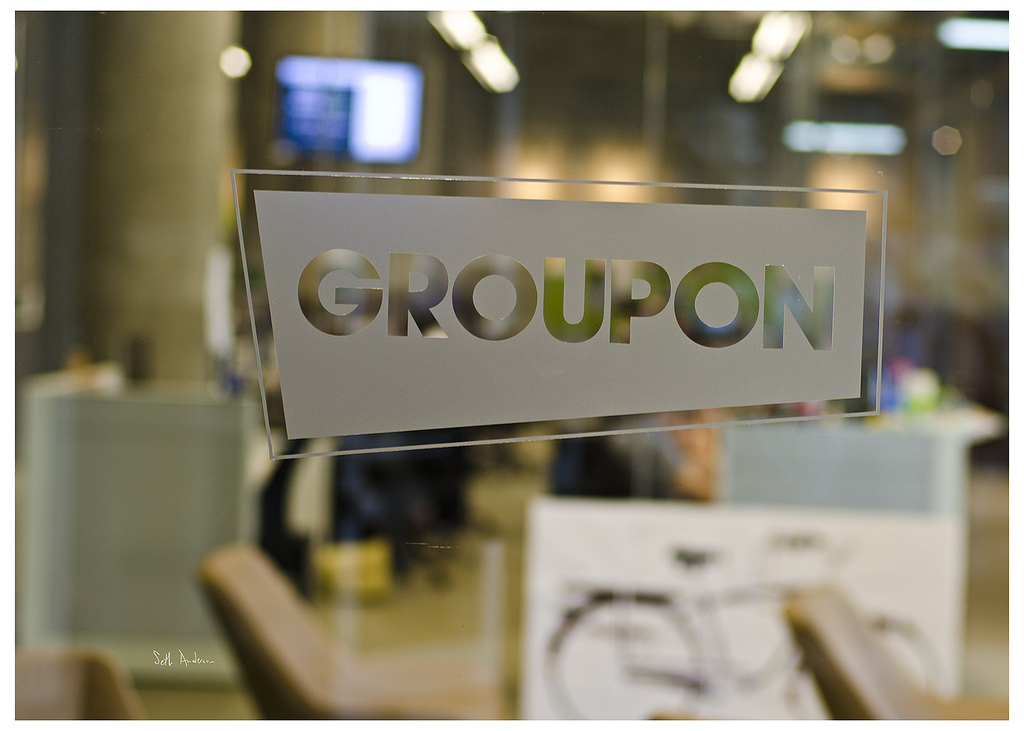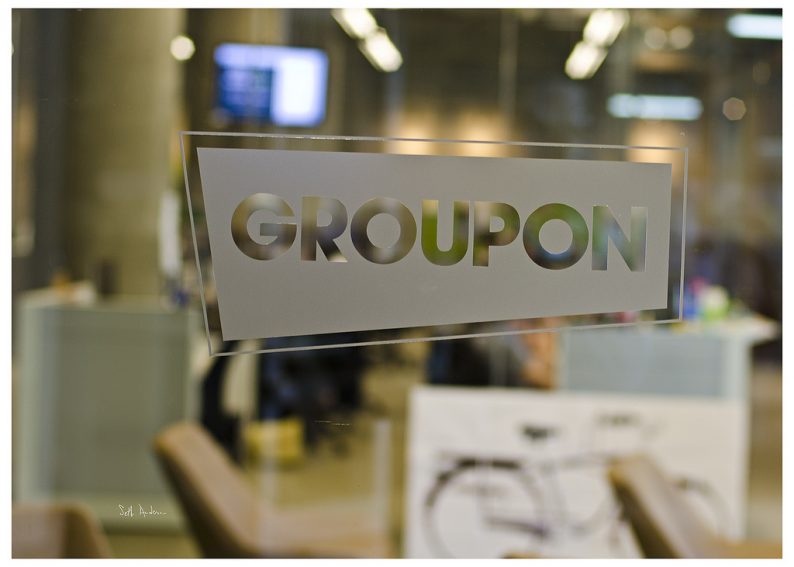
Groupon Downgraded Due to Growth Appreciation Period — GAP
Groupon (GRPN) was downgraded from Neutral to Dangerous this week after a rapid run up in its stock price.
Rating changes can happen for any number of reasons. New Constructs’ stock ratings focus on five metrics that measure a business’ strength and current valuation.
Business strength includes the quality of a company’s earnings and its return on invested capital (ROIC). Equally as important, current valuation analysis is based on the expectations embedded in the company’s stock price.
To understand Groupon’s rating change, we must examine the expectations implied by the company’s new, higher stock price.
How do We Measure the Market’s Expectations?
At New Constructs, we use an idea called the “Growth Appreciation Period” to measure the market’s expectations for a business. Warren Buffett refers to GAP as “the moat around a business’ castle.”
GAP is a number that measures just how long a business can be expected to generate superior returns over alternative investments. For this reason, GAP is also referred to as “Competitive Advantage Period.” We use a company’s current stock price to calculate its GAP — the higher the stock price, the longer the market expects superior returns from the company.
How Can You Use GAP?
By using GAP, investors can get a quick and accurate idea of the market’s expectations for a company. Just how long does the market expect superior growth from the company?
Put another way, GAP (growth appreciation period) is the time in a discounted cash flow model that it will take a company to justify its current share price. If you know how long a company must grow and generate higher returns, you can determine if those expectations are even feasible. New Constructs applies this analysis to over 3000 stocks.
What Does GAP Say About Groupon?









Leave A Comment